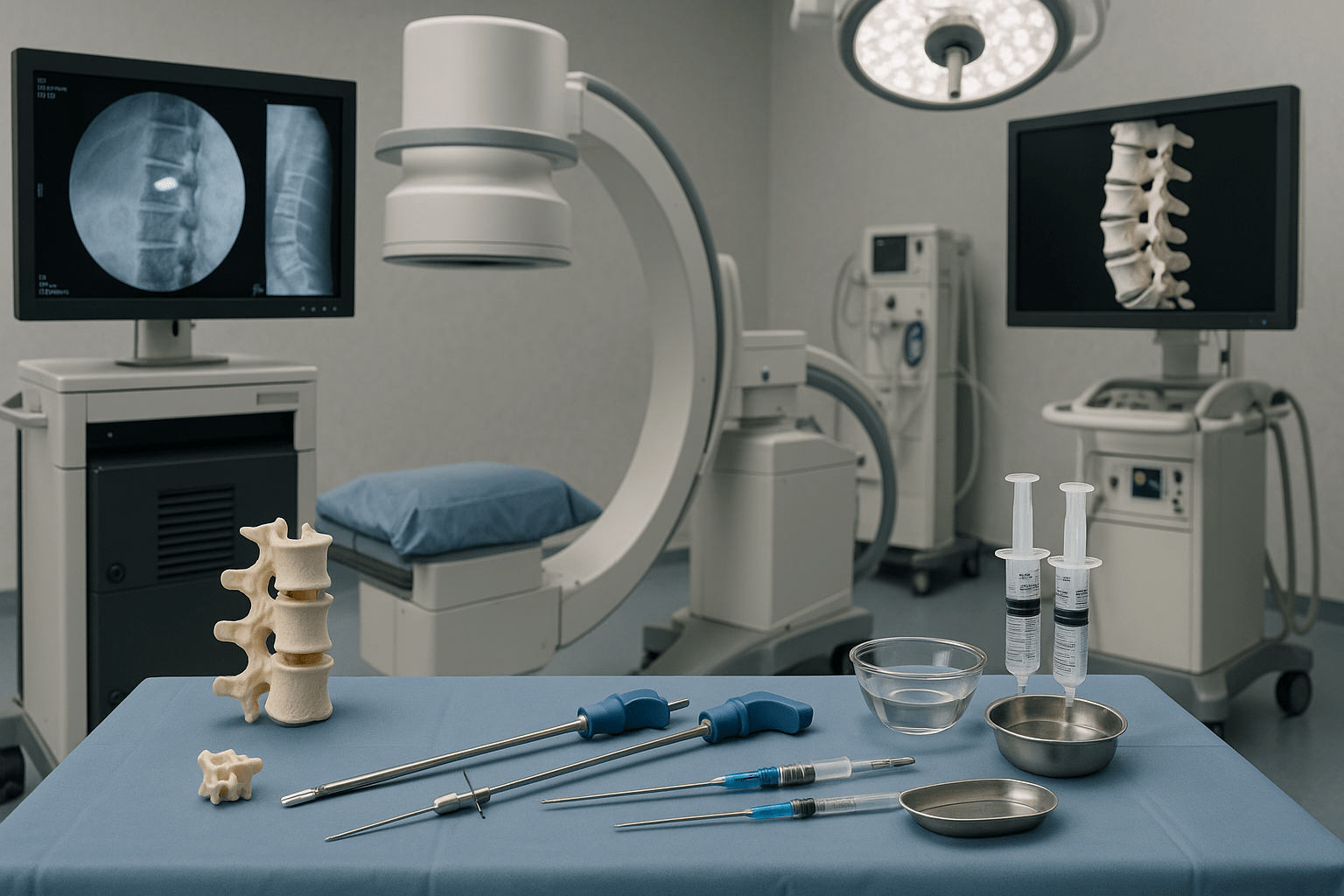
What is Kyphoplasty?
A kyphoplasty procedure is spine surgery with a primary goal being to end, or significantly reduce, the pain caused by a spinal fracture. Secondary goals of a kyphoplasty treatment include stabilizing the bone, and to restore some or all of the lost vertebral height due to a compression fracture.
Kyphoplasty is a multi-step procedure that is guided by imagery, and involves the insertion of several different materials to stabilize the spine. Our South Florida spine surgeons possess specialized training and deep expertise in performing kyphoplasty surgery, and our patients typically see pain relief within one week.
- During kyphoplasty surgery, Dr. Morrison makes a small incision in the back. He then places a narrow tube through the incision. Using fluoroscopy to guide it to the correct position, the tube creates a path through the back into the fractured area through the pedicle of the involved vertebrae.
- Using X-ray images, Dr. Morrison then inserts a special balloon through the tube and into the vertebrae, then gently and carefully inflates it. As the balloon inflates, it elevates the fracture, returning the pieces to a more normal position. It also compacts the soft inner bone to create a cavity inside the vertebrae.
- The balloon is removed. Dr. Morrison then uses specially designed instruments to fill the cavity with a substance commonly known as “bone cement,” or polymethylmethacrylate (PMMA). After being injected, PMMA rapidly hardens, or “sets,” to stabilize the bone.
Kyphoplasty surgery to treat a fracture from osteoporosis is performed at a hospital under local or general anesthesia.
For your planning needs, please consider the following related to a kyphoplasty procedure:
- The procedure takes about one hour per vertebra that the surgery is performed on
- Close, extended observation in a recovery room immediately following the kyphoplasty procedure is common before reaching your hospital room
- Spending one day in hospital following procedure is often highly beneficial
Patients should not drive until they are given approval by our spine surgeons. If you are released from hospital the same day as your procedure, we highly recommend arranging alternative transportation to your home. Our Concierge Neurosurgery Services team frequently assists patients with such needs.
Am I a Candidate for a Kyphoplasty Procedure?
Kyphoplasty is generally reserved for people with painful progressive (increasing) back pain caused by osteoporotic or pathologic vertebral compression fractures. Candidates for these procedures often have a reduced ability to move and function because of the fractures.
To be a candidate for a kyphoplasty, your pain must be related to the vertebral fracture. A diagnosis of spine conditions, such as disc herniation, arthritis, or stenosis (narrowing) does not make one a candidate for a Kyphoplasty procedure.
Tests to Determine if a Kyhoplasty is Right for You
It is important to correctly assess a patient who presents with spinal pain of traumatic or atraumatic origin that is not responding to conservative treatment, particularly if the patient falls under the risk category for osteoporosis. The most common tests are:
- X-rays are usually the first diagnostic test performed as they are inexpensive. A lateral X-ray of the thoracic or lumbar spine can often identify a fracture and reveal any loss of height or misalignment of the spine.
- Computed Tomography (CT) scan- provides greater detail of bony anatomy and can reveal loss of height, fragment retropulsion, and any compromise of the spinal
- Magnetic Resonance Imaging (MRI)- This is more expensive but can reveal whether the fracture is acute (by the presence of bony oedema) and also if there is compromise of the neurological system.
- Bone Scintigraphy – a nuclear medicine imaging technique of the bone that is used to diagnose bone conditions and disorders such as fracture, infection, and cancer
Schedule an e-consult here to learn more about scheduling tests to assess your candidacy Kyphoplasty procedure.
To help ensure a full recovery, common restrictions after a kyphoplasty procedure often include:
- No driving for 24 hours post-procedure, or until advised to by our spine surgeons
- No lifting heavy objects for 24 hours post-procedure, or until advised to by our spine surgeons
- Minimizing vigorous exercise for four to six weeks
Many patients return to their daily activities within a few days following their procedure. If your job or leisure time features heavy lifting or repetitive motions in your back (i.e., twisting to swing a golf club or tennis racket), our expert spine surgery and recovery team will advise you on how that can best be acheived.
Pain Relief from Kyphoplasty
Generally speaking, many patients experience almost instantaneous relief from pain after kyphoplasty. For some, it may take longer to experience pain relief—usually within 48 hours.
If you are not completely pain-free immediately, this is not a cause for alarm. Each person’s recovery process is unique to them. Contact Dr. Morrison’s South Florida spine surgery clinic if you do not experience relief within one week of the procedure, or if sudden and severe pains present themselves.
Kyphoplasty Care Upon Returning Home
The kyphoplasty recovery process continues at home after your procedure. Take care to keep the bandage covering your injection site clean and dry.
Further, it is normal to feel minor soreness at the injection site. Use ice to reduce swelling and pain, applied in a 20-minutes-on and 20-minutes-off cycle to find relief. Over-the-counter non-steroidal anti-inflammatory drugs can also help relieve pain and inflammation.
While rest is important, an important part of kyphoplasty recovery is likewise resuming normal activities once you are able. This includes stretching and spine strengthening exercises, such as “knees-to-chest” and “shoulder blade squeezes.”
Dr. Morrison, working with members of our back pain care team, will advise you which exercises or physical therapy regimen will best support your kyphoplasty recovery.

